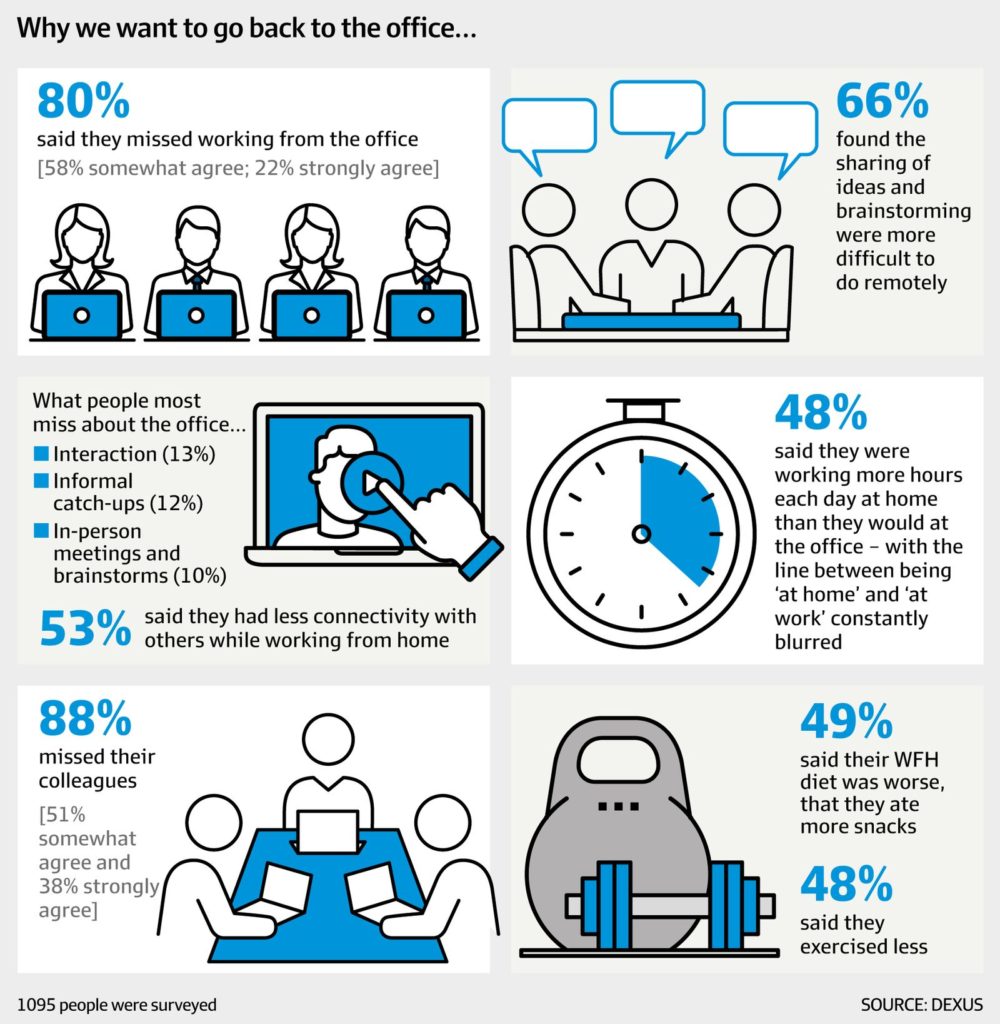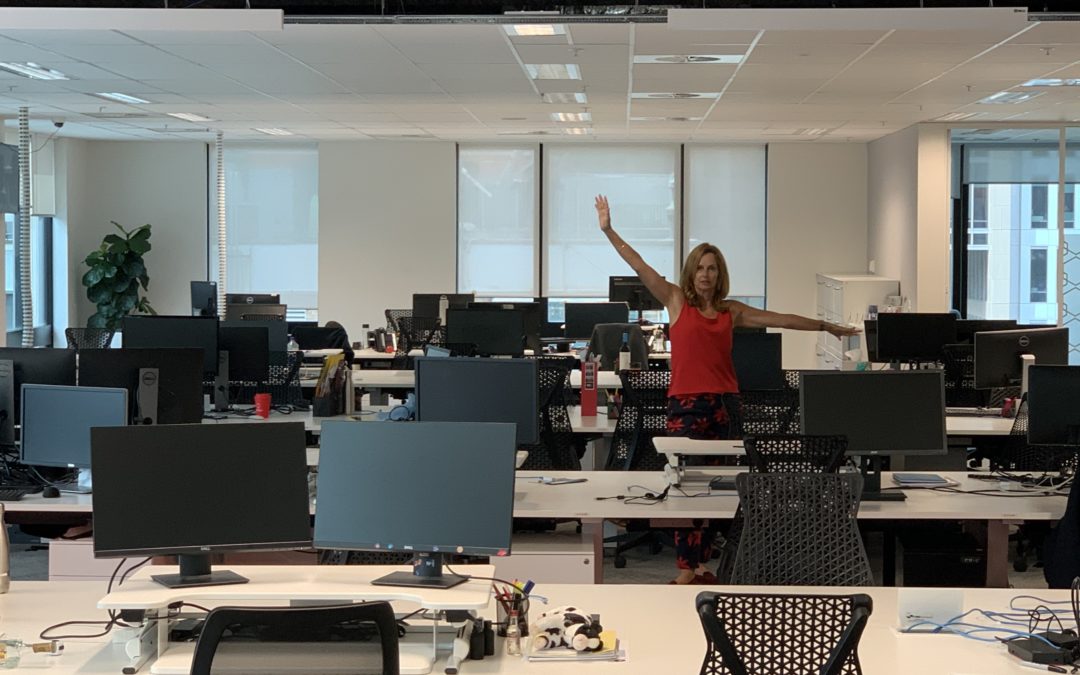Working from home has humanised us all.
Whether it is a dog who insists on getting up on your knee when you are on a video call, or the paintings on the wall in the background – we are all getting to know our colleagues and clients in a different sort of a way.
This is impacting brands and the customer experience too. People are our brands. As we re-imagine the ‘contact centre’ and the customer experience there are human and technology considerations to navigate before we will get world class ‘best practice customer contact from home’.
“Some days are great – other days are lonely” said one of my customer experience colleagues when I asked her what it has been like since we left the office on 23 March 2020. “I miss my colleagues – the sideways conversations, overhearing how they tackle tricky questions. Or when I have a great call and I want to share my customer success story – it seems a bit odd to put it on Teams.”
We are seeing large organisations changing how they work. ING in its current TV brand commercial ‘By your side’ is showing the benefits of having its contact team working from home (as real people 24/7).
Being human is an important part of creating customer connection, and the brand experience. Big brands are re-imagining the ‘contact centre’. It is a fine line between being human and getting too personal.
It was reported a few weeks ago in the AFR that “Telecoms giant Optus says it will make coronavirus era work-at-home measures a permanent feature of its call centre operations, in a move that could spell the decline of the offshore call centre model.”
This might be okay if people have worked for the business for a while and understand how to navigate tricky phone conversations. With systems and training to ensure consistency of message, proficiency, career development and brand connection represents challenges for managers.
One bank asked its people if they wanted to come back to work in the same way, and the answer was essentially, “I don’t like sharing my dining table with my flatmates as we all try to work. But if I knew this was permanent then I would make other living arrangements that are affordable, because I would not need to live in or near the city. I can work anywhere.”
Contact centres have been managing offshore remote teams for years. Now we have an opportunity to do the same thing but for Australians and New Zealanders who choose to live a different lifestyle.
Jo Palmer CEO Point Remote Roles says the key to having an engaged and focused remote team is to make sure that the team is ‘remote ready’. We have been doing this for years – building the leadership and management competencies around the idiosyncrasies of having scattered teams. We designed programs specifically to help business leaders navigate this. At the time we did not realise that this would be an incredibly powerful program for small and large businesses alike.
Capacity Building Programs
The leaders and managers program covers:
- Culture
- Communication
- Performance Management
- Conflict Management
- Vision
- Change Management
- Learning & Development
The program modules for employees covers:
- Workday
- Communication
- Workflow
- Productivity and Time Management
- Teams
- Compliance
- Autonomy
In addition to the people management side of contact centres – technology choices are equally important.

Technology considerations for contact centres working from home
IT Brief has published a list of the 10 best practices for work-from-home contact centres.
- True cloud-native environment infrastructure to deliver speed and agility.
- Remote contact centre workers need the same access to applications and supervisors working remotely need access to contact centre management.
- Transition the skilled employees and personality traits to be remote agents. (It is not for everyone).
- Enable dynamic and remote work schedules to deliver work life balance.
- Make experts readily available.
- Use tools and reporting to team members activity, goals and metrics.
- Embrace team collaboration tools such as instant messaging or chat.
- Provide 360-degree feedback. A remote contact centre agent needs consistent and ongoing feedback.
- Incentivise high-quality work. To help motivate and keep remote agents happy, consider providing rewards and recognition to those who produce great outcomes.
- Optimise skill development and use various methods of distance learning that are determined to be best suited for each agent based on AI models. This includes video, gamified learning, team roleplays as well as traditional reading comprehension.
This is a journey – and as I have always said to our customer experience team – you are the voice of our brand. Customer experience goes hand in hand with emotional connection to the brand.
Real humans doing business with real humans. Getting the set-up right is critical – and ongoing training and development.
There is no right answer here. Each business will work out what is right for its ideal customer experience. But one thing I know it is worth investing time to learn best practice perhaps have a look at Pointer Remote programs now for you and your teams.
Also published on Medium.

